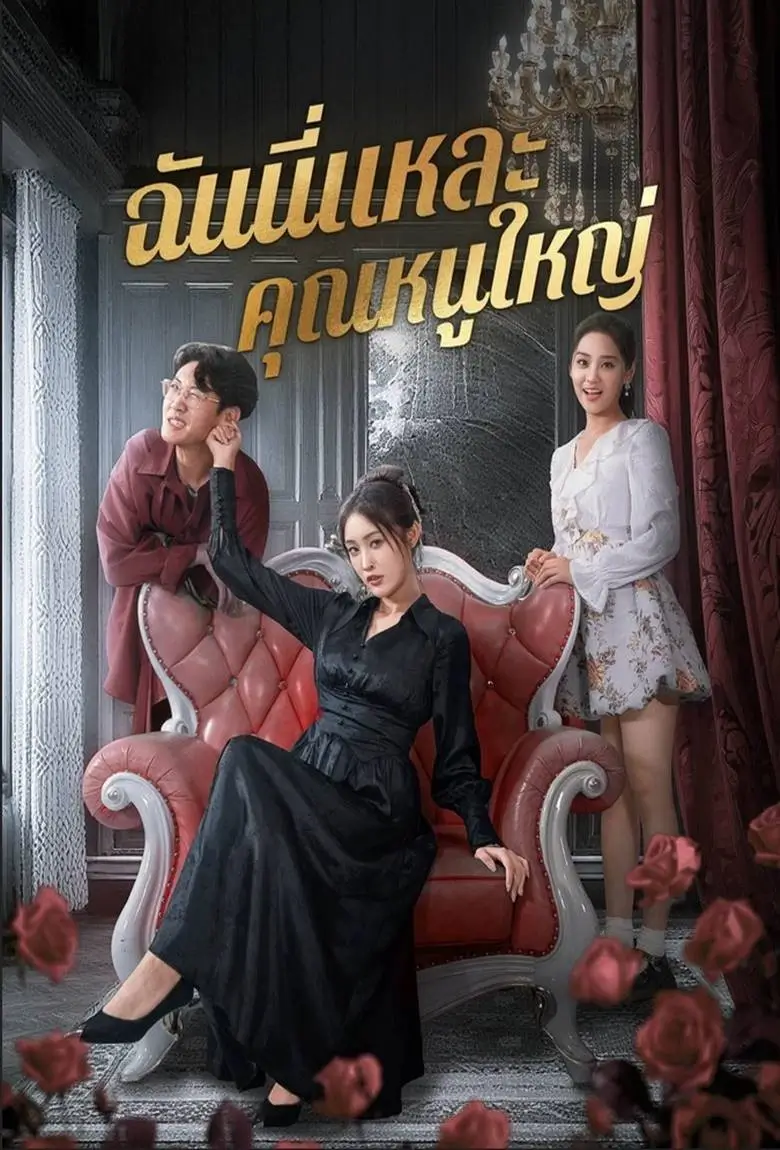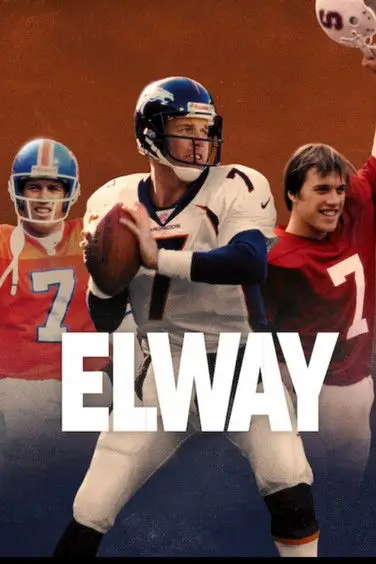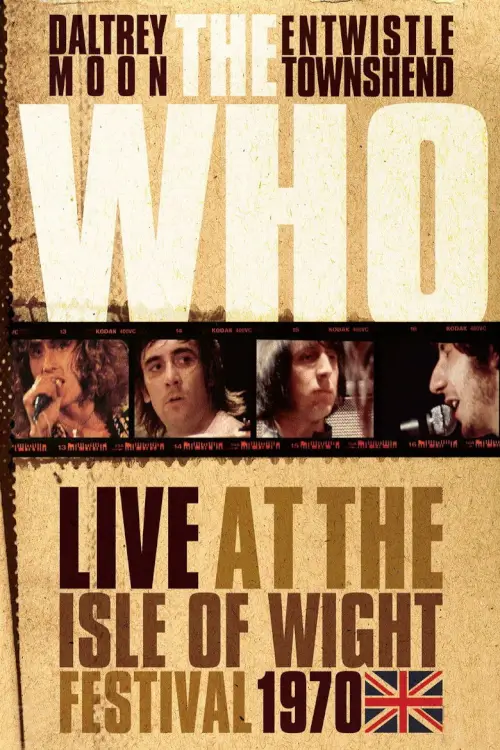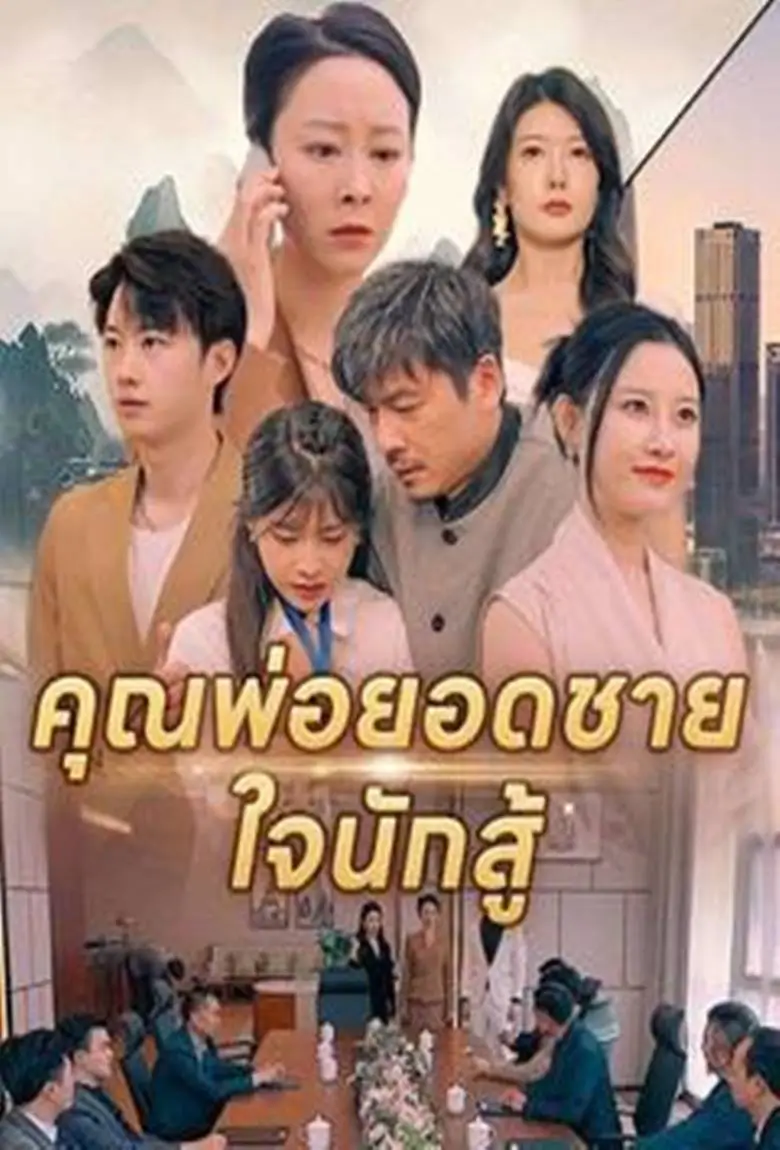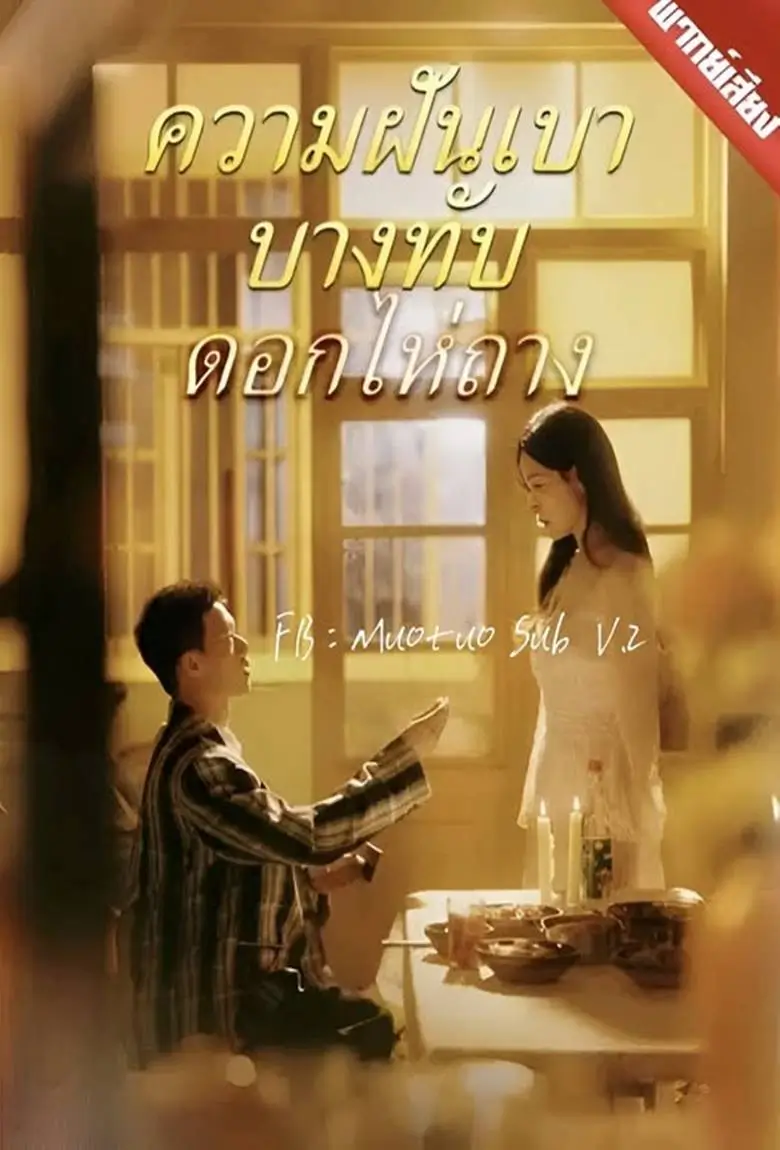Street Gang: How We Got to Sesame Street แก๊งสตรีท: เรามาถึงเซซามี สตรีทได้ยังไง (2021) [บรรยายไทย]
![Street Gang: How We Got to Sesame Street แก๊งสตรีท: เรามาถึงเซซามี สตรีทได้ยังไง (2021) [บรรยายไทย]](https://nungdeedee.com/uploads/images/4icjjwd56pogswgw4.jpg)

หมวดหมู่ : หนังครอบครัว , หนังประวัติศาสตร์ , หนังสารคดี
เรื่องย่อ : Street Gang: How We Got to Sesame Street แก๊งสตรีท: เรามาถึงเซซามี สตรีทได้ยังไง (2021) [บรรยายไทย]
ชื่อภาพยนตร์ : Street Gang: How We Got to Sesame Street แก๊งสตรีท: เรามาถึงเซซามี สตรีทได้ยังไง
แนว/ประเภท : Document, Family, History
ผู้กำกับภาพยนตร์ : Marilyn Agrelo
บทภาพยนตร์ : Michael Davis
นักแสดง : Frank Biondo, Linda Bove, Fran Brill
วันที่ออกฉาย : 30 January 2021
Take a stroll down Sesame Street and witness the birth of the most impactful children's series in TV history. From the iconic furry characters to the songs you know by heart, learn how a gang of visionary creators changed our world.

IMDB : tt5618690
คะแนน : 8.1
รับชม : 335 ครั้ง
เล่น : 60 ครั้ง
On November 10, 1969, I had stayed home from school with a sore throat. And that is how I may have been the only teenager to watch the very first episode of "Sesame Street." I loved it from the first "Wanda the Witch lived somewhere west of Washington" animated short about the letter W. I had been hearing about the show for two years from my dad, Newton Minow, who was on the board of one of the program's initial funders, the Carnegie Foundation, and helped get the first federal funding for the show. I remember Dad telling our family that this was a show that was going to "sell" the alphabet and numbers to preschoolers the way commercials sold toys, cereal, and laundry detergent. A few years later, I would watch it with my own preschoolers and fell in love with it all over again. I remember telling my husband about the decision to let the humans on the show see Mr. Snuffleupagus and the time that Smokey Robinson came on the show to sing "U've Really Got a Hold on Me" with a letter U tugging on his leg. It is a treat to see how "Sesame Street" came together in the documentary about the earliest days, "Street Gang: How We Got to Sesame Street."
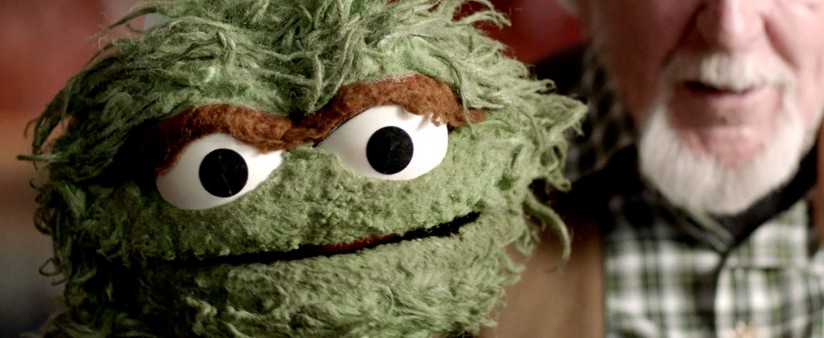
In the 1960s, children's television on the commercial networks was sponsor-oriented, directed at white middle-class children and the parents who were likely to buy what was advertised. Even the higher quality shows had settings and characters that would be familiar to those children. There was very little educational content. But this was an era of extreme political division and growing concern about income and opportunity disparity. Children from the inner city were starting school behind suburban children when it came to reading and counting, and they fell further behind as the school year went on. The same concerns that led to the creation of Project Headstart inspired Carnegie Foundation Vice President Lloyd Morrisett, a psychologist who specialized in how and what children learn, and television executive Joan Ganz Cooney to develop the idea of a television program that would help teach basics like the alphabet and numbers. But it would have to capture their attention, and that meant it had to be fun, funny, heartwarming, and engaging.
That is where two other key partners come into the picture. The better known is Jim Henson, creator of the Muppets. "He looks like a hippie," Cooney thought to herself when she first saw him. Just as important was Jon Stone, who helped define the show as writer and director. They found that children learned better if their parents watched with them, so they had to appeal to adults as well. Hence Smokey Robinson and a list of celebrity guests that included First Ladies, Grammy winners, and star athletes.

This film is not about the many controversies "Sesame Street" has weathered over the years, including claims that it made it more difficult for children to learn in the less entertaining environment of a schoolroom or the move to premium cable channel HBO. Writer Christopher Cerf does make a wry comment about the "Letter B" song that sparked a $5 million lawsuit from Northern Songs, which had the rights to the Beatles' "Let It Be." (It was later settled for $50.) And the now-adult children of some of the people who created the show acknowledge that what happened behind the scenes could be stressful for them and their families.
It is best enjoyed as an origin story, especially for those elements so organic they seem inevitable. We see that they came about through trial and error, including the feedback they welcomed from activists and a "distractor" machine they used to make sure the program would hold a child's attention. The idea of setting the show on an urban street was inspired by a short film from the Urban Coalition. At first, the Muppets were going to be in separate segments and not interact with the humans. At first, Big Bird was just going to be goofy and clumsy, comic relief. But then they decided he should be innocent and represent the way a four-year-old thinks. When Will Lee, the actor who played Mr. Hooper died, we see how having the human characters explain his absence to Big Bird was the way the show explained death to its audience. The tone is like a family home movie; there may be some conflicts but they are almost always resolved with good humor and one of the show's favorite words, "cooperation." Indeed, the biggest surprise in the film is the blooper reel with some words coming out of the mouths of the Muppets that are, if not exactly NSFW, not exactly family-friendly. What is most endearing about the film is the palpable message throughout that Sesame Street was brought to us by the letters LOVE.


